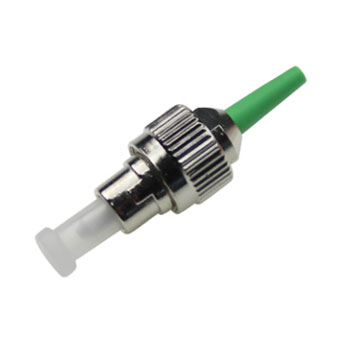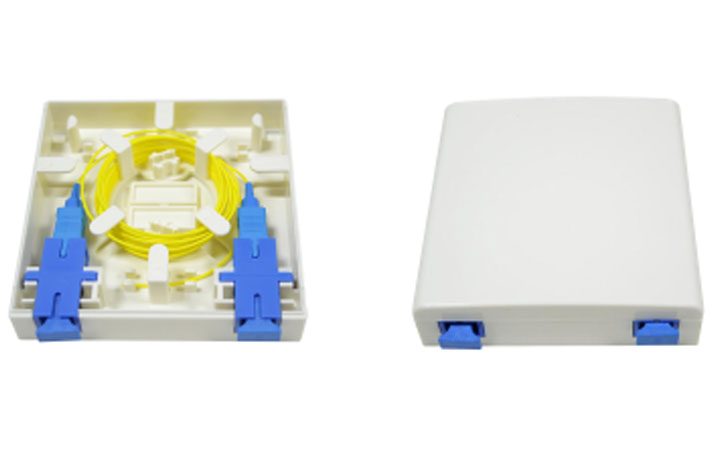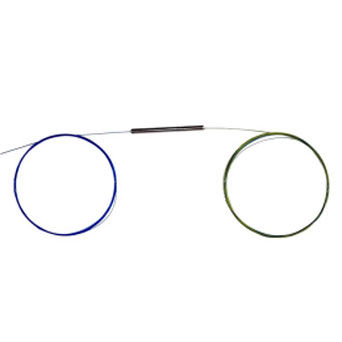What Does a Fiber Optic Cable Look Like?
A fiber optic cable is a thin, flexible, transparent strand of glass or plastic that is used to transmit digital information over long distances at very high speeds. The cable consists of a core, which is the central part of the cable where the light travels, surrounded by cladding, which is a layer of material that reflects the light back into the core. The cladding is surrounded by a protective coating, which is often made of a tough, flexible material like Kevlar to protect the fragile core.
Fiber optic cables can come in a variety of sizes, depending on the application, but they are generally very thin, with diameters ranging from 0.25 millimeters to 0.5 millimeters. The cables are often bundled together into a larger cable, which can contain hundreds or thousands of individual fibers.
The individual fibers themselves are often color-coded for identification purposes, and they are often terminated with connectors at each end to allow them to be easily plugged into network equipment. Overall, fiber optic cables have a sleek and modern appearance, with a smooth and glossy finish that makes them easy to handle and install. You may be interested in
What Does Underground Fiber Optic Cable Look Like?
Underground fiber optic cables are similar in appearance to their above-ground counterparts. They consist of thin, flexible strands of glass or plastic that are enclosed in a protective coating and buried beneath the ground. Click for outdoor optical fiber cable, indoor optical fiber cable and fiber optic cable for tv.
The protective coating is often made of a tough, durable material like high-density polyethylene (HDPE) or polyvinyl chloride (PVC) that can withstand the stresses of being buried underground. This coating helps to protect the delicate fiber optic strands from damage caused by moisture, soil, and other environmental factors.
In addition to the protective coating, underground fiber optic cables may also be encased in a conduit, which is a tube made of plastic or metal that provides additional protection and helps to facilitate installation and maintenance. The conduit can be buried directly in the ground or placed in a trench or duct to provide additional protection.
Overall, underground fiber optic cables may be less visible than above-ground cables, but they are just as important in providing high-speed internet connectivity and other digital services to homes, businesses, and other users.
Learn more about fiber optic equipment suppliers Phxfiber's products:
8 port fiber patch panel
High power optical isolator
Optical transceiver
Enterprise network switch

 EN
EN



